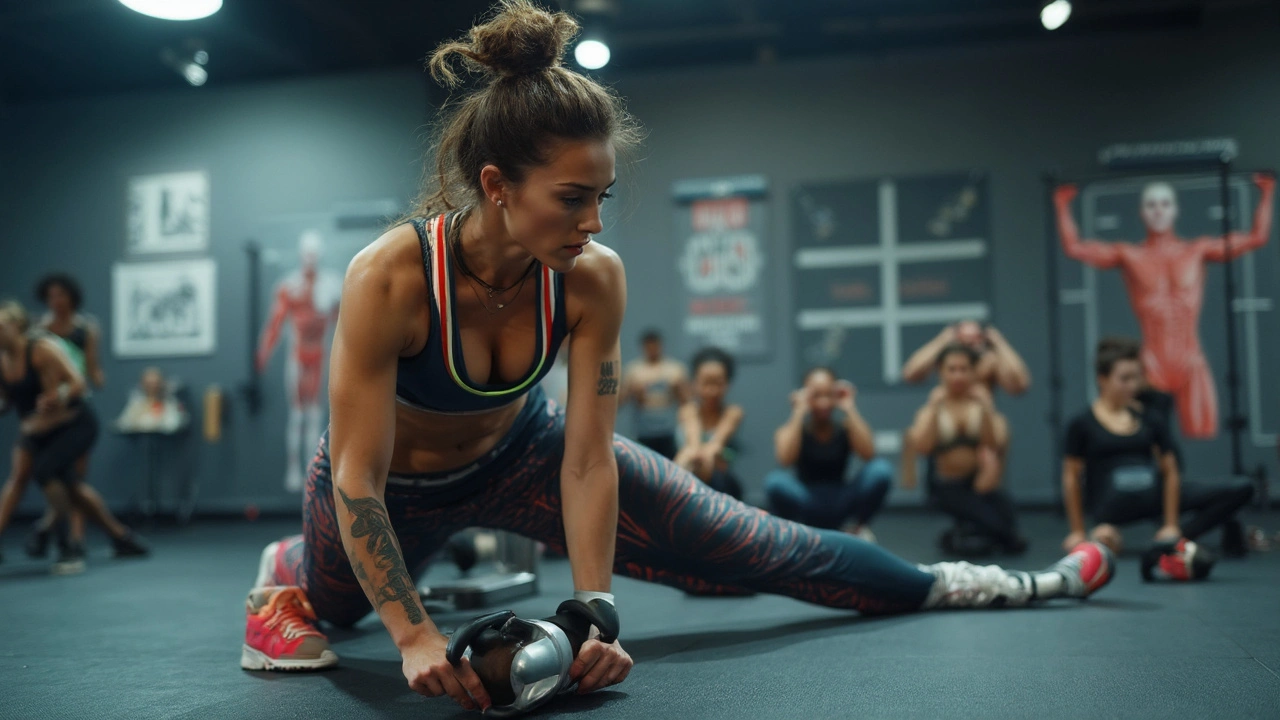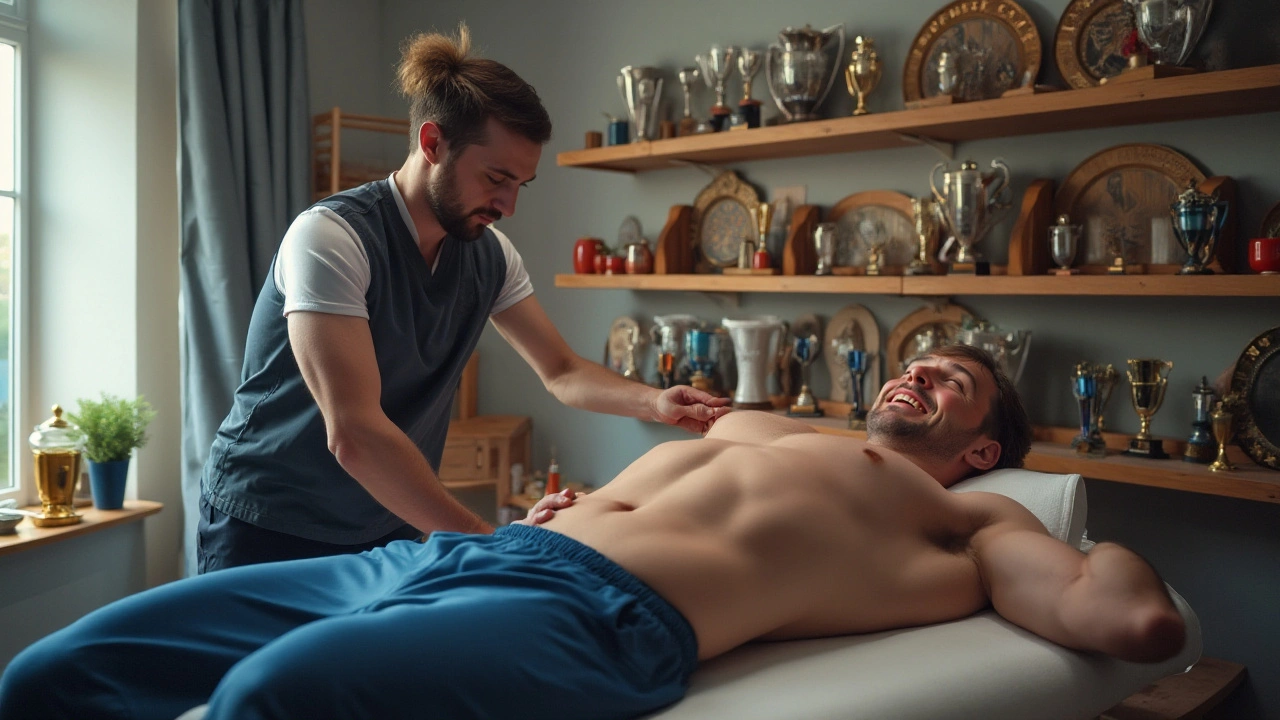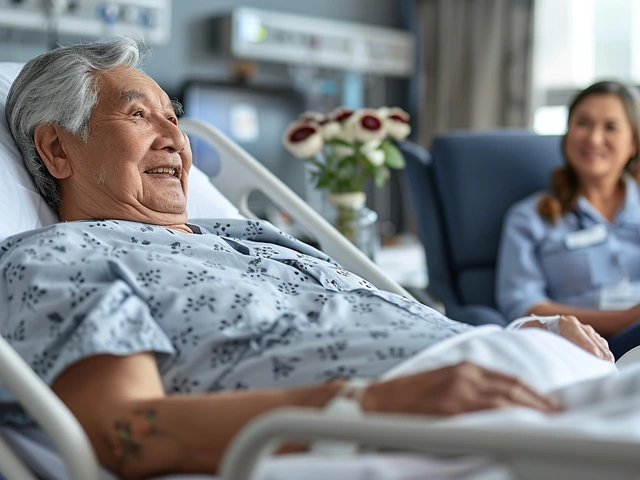Athletic recovery for active dogs (and the people who care for them)
Think your dog bounces back on its own after every run? Not always. Recovery is where gains happen and injuries are prevented. Treat the time after exercise with the same plan you’d use for a human athlete—rest, targeted care, and a short routine that helps tissue heal and stay mobile.
Start simple: after a long walk, race, or training session, cool down with a 5–10 minute slow walk. That lowers muscle tightness and helps circulation. Offer fresh water and a quiet spot to rest. Monitor breathing and gait for the first hour—uneven steps or labored breathing mean you should slow things way down.
Hands-on recovery: massage and mobility
Light massage helps loosening tight muscles and speeds warm-down. Use gentle strokes along the muscle length—long, gliding strokes on thighs and shoulders, then gentle circular pressure on any tight spots. Don’t push into sharp pain. For persistent knots or tension, a therapist trained in canine sports massage or myofascial release can work safely on trigger points and improve range of motion.
Simple mobility moves keep joints healthy. For dogs, controlled slow-leg raises, hip circles while standing, and gentle spine stretches (encouraging them to reach for a treat low and then high) are helpful. Aim for short sessions—2–3 times daily after big efforts. These moves reduce stiffness and keep movement patterns balanced.
Cold, heat, and water
Use cold for swelling or acute soreness: a wrapped cold pack for 10–15 minutes can reduce inflammation after a sudden strain. Heat helps chronic tightness—use a warm towel or heating pack on low for 10–15 minutes to relax stiff muscles before gentle work. Hydrotherapy is a gold standard for many canine athletes: controlled swimming or underwater treadmill sessions let your dog exercise without heavy joint load and speed recovery.
Nutrition matters. Omega-3 fats (fish oil) lower inflammation and support joint health—ask your vet for correct dosing. After heavy activity, a balanced meal with lean protein and some carbs helps repair muscle. Keep hydration steady; electrolyte mixes made for dogs can help after long, sweaty efforts.
Mental recovery matters too. Calm time, gentle petting, and a predictable routine reduce stress hormones that slow healing. Avoid loud, high-energy play for 24–48 hours after intense sessions so the body can focus on repair.
Know when to call a pro: limping more than 48 hours, swelling that grows, heat intolerance, sudden behavior changes, or repeated performance drops need a vet or canine rehab specialist. They can use targeted therapies—laser, neuromuscular techniques, or tailored exercise plans—to speed real healing.
Want specific how-tos? Read our posts on sports massage, myofascial release, omega-3 benefits, and canine mobility drills to build a short recovery routine you can use after any workout. Small, consistent recovery habits keep your dog active and happy for years.

Sports Massage Science: Boosting Athletic Recovery and Performance
Discover how sports massage works, what science says about its effects on your body, and get real tips for using massage to boost recovery and performance.

Enhancing Athletic Recovery with Sports Massage Techniques
Sports massage offers numerous benefits for athletes, including improved circulation, reduced muscle tension, and injury prevention. By understanding specific techniques and when to apply them, athletes can enhance their recovery process and optimize performance. It's not just a luxury; it's a vital component of an effective training regimen that prioritizes long-term health and success.

Sports Massage Benefits: Your Go-To for Muscle Pain Relief
Sports massages offer a targeted solution for muscle pain relief, aiding in athletic recovery and muscle maintenance. This article delves into the advantages of sports massages, how they work, and tips for making the most out of your sessions. Discover how this therapy can enhance performance and promote relaxation.

Unlocking Athletic Prowess with Sports Massage: The Ultimate Edge
Discover the hidden benefits of sports massage for athletes. This article delves into the secrets behind muscle therapy and how it can significantly boost athletic performance by improving recovery, flexibility, and mental focus.

10 Surprising Benefits of Feldenkrais Training
Sep, 26 2023

The Art and Benefits of Palliative Massage Therapy
May, 21 2024


